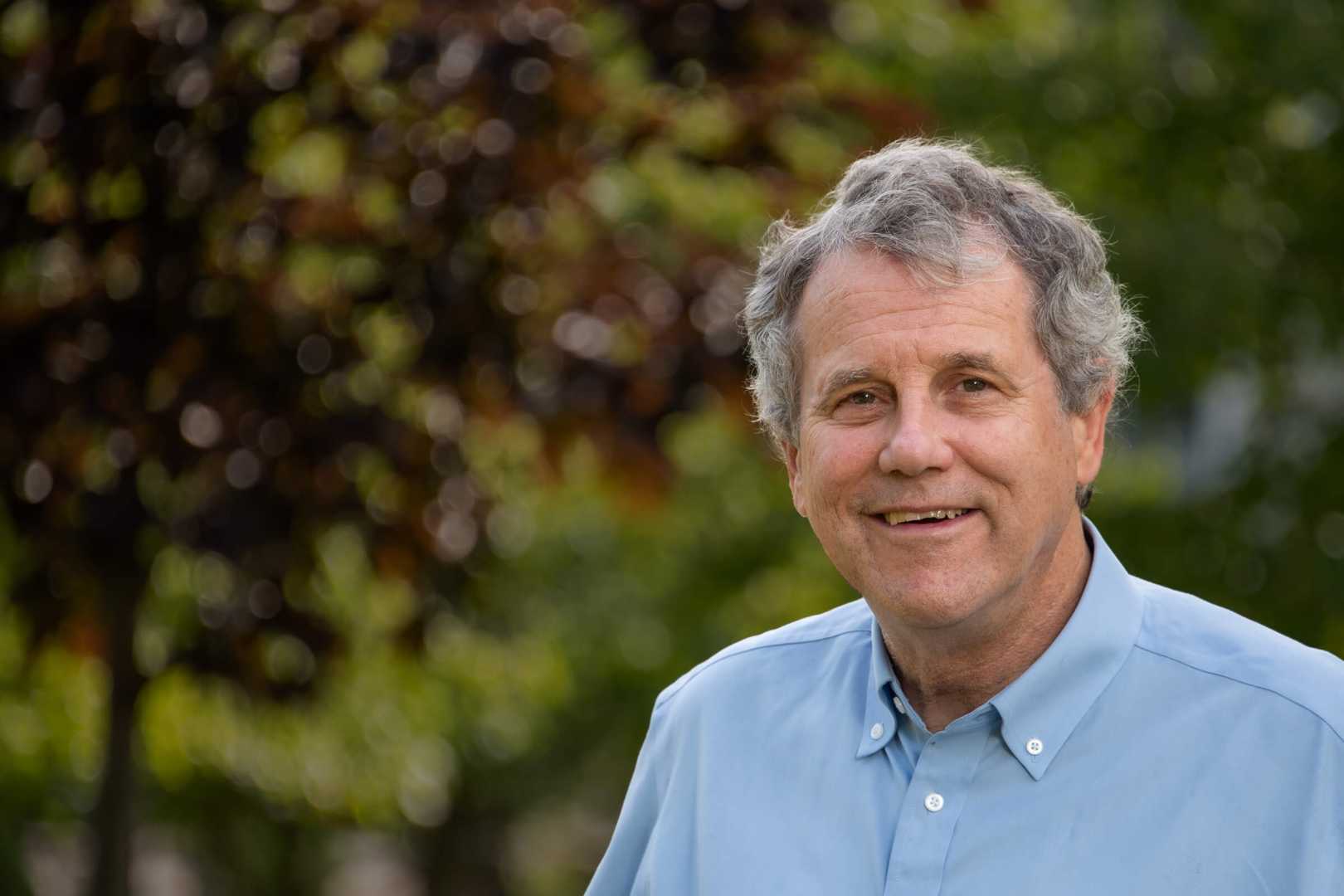Politics
Former Senator Sherrod Brown Eyes Senate Comeback in Ohio

Columbus, Ohio — Former Senator Sherrod Brown is contemplating a return to the U.S. Senate, as he interviews potential campaign managers for a bid in the upcoming special election to be held in 2026. This development has reignited hope for Democrats in a state that has increasingly leaned Republican.
Brown lost his seat to Republican Bernie Moreno by just 3.6 points in 2024, despite outperforming former President Donald Trump’s margin in Ohio. As he considers a comeback, Senate Minority Leader Chuck Schumer (D-NY) has been actively encouraging him to enter the race, highlighting the importance of Brown’s potential candidacy in a key battleground.
The special election is set to fill the remainder of J.D. Vance’s term, who resigned in early 2025 to assume the vice presidency. Republican Governor Mike DeWine appointed Jon Husted as the temporary Senate incumbent, who is also expected to campaign for a full term next year.
If Brown decides to join the race, he would bring his substantial name recognition and a strong fundraising network. Democratic strategist Jeff Rusnak noted, “There’s no better retail politician in Ohio than Sen. Brown. He knows the state inside and out. He’s been a fighter for working-class voters, and they know him well and respect him.”
In 2024, Brown managed to draw significant support due to his pro-worker message and ability to connect with diverse voters. Observers believe his re-entry into the senate race would solidify Democrats’ chances of flipping the seat, especially against a candidate like Husted, who has been linked to the House Bill 6 bribery scandal, albeit without charges.
Despite the challenges Brown faces, including potential attacks from his opponents, party strategists believe that a nationalized political environment could work in his favor. Recent trends have indicated a shift in the state’s political dynamics, causing some analysts to reassess the overall competitiveness of the race.
Democrats view Brown as crucial in regaining a foothold in Ohio, which could be pivotal for the party aiming to secure four net seats in the Senate. “If he decides to go, people will quickly rally around him,” Rusnak added.
A final decision from Brown is expected this summer, as he weighs his options and potentially commissions polling to gauge his viability against Husted. If successful, Brown would have to run again in 2028 to secure a complete six-year term, making his path forward increasingly complex.












